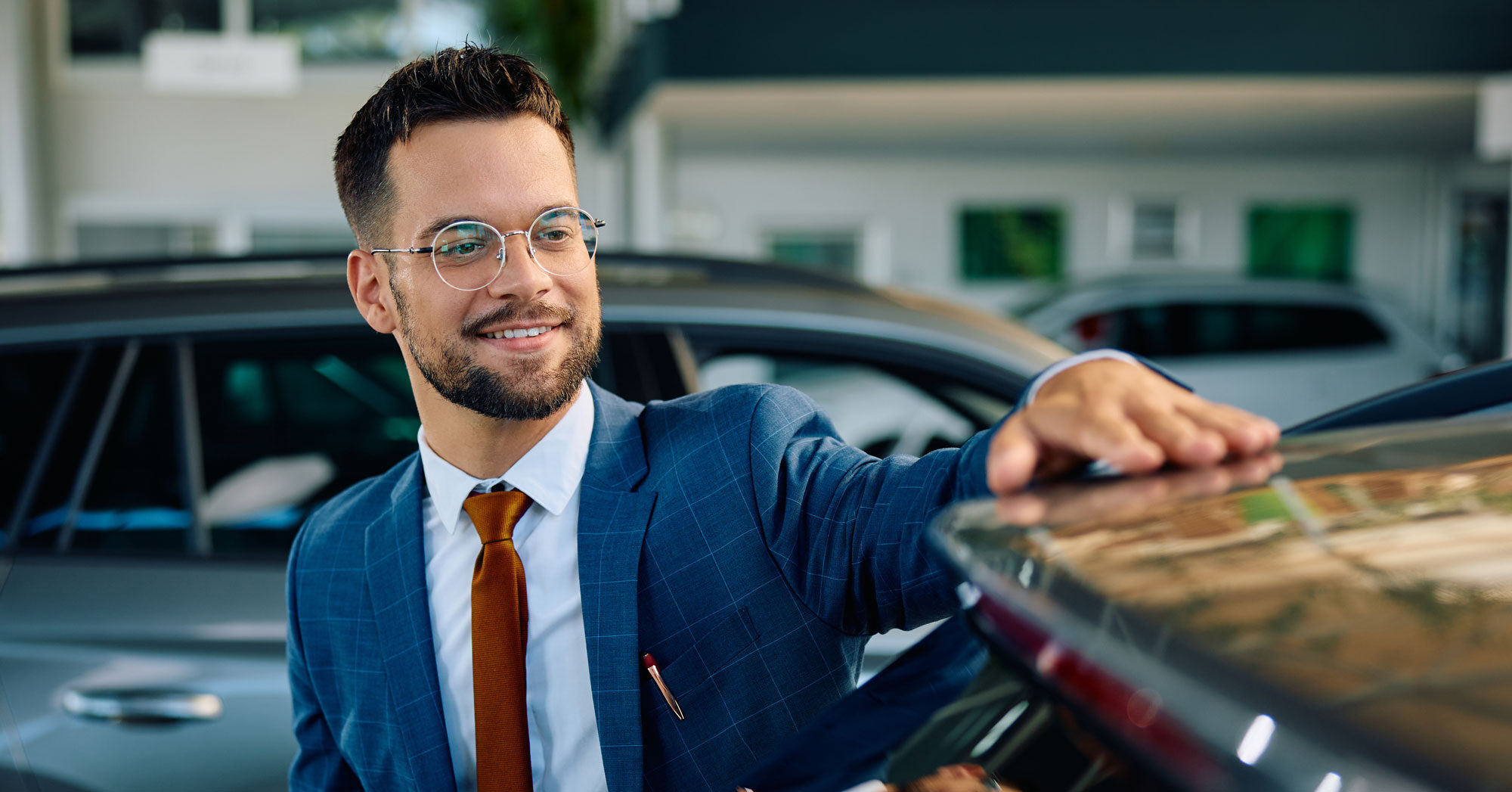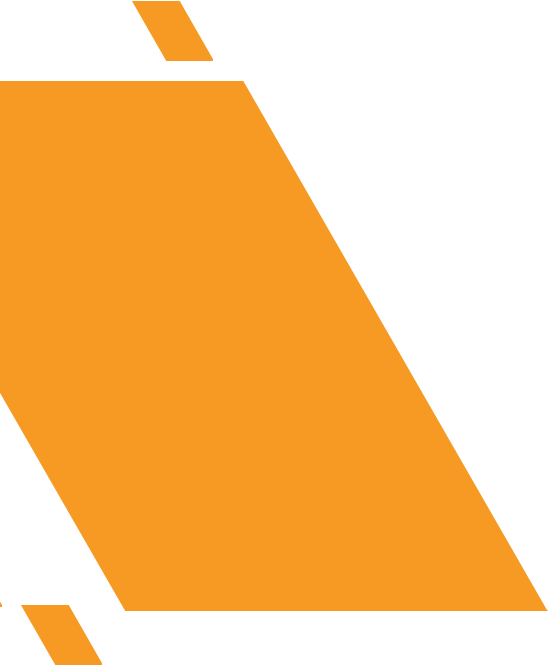
Profit Participation Programs have advantages for the dealer, their families, and dealership employees. There are several types of participation programs available, and it’s a matter of understanding these options and making a choice as to what works best for you.
Reinsurance for dealers got started in the 1970s, and those were mostly dealer obligor plans. If in the end the company did not do well and claims exceeded premiums, the dealer was on the hook for writing checks. Today’s plans are different in that they are effective, have minimal risk, and when done right, can drive a great deal of wealth.
Don't Let Trepidation Rule
If as a dealer, you don’t understand how it all works, the likelihood is that you won’t do it. Let’s look at it from a different perspective. In any major city in the US, the largest buildings are the insurance companies. They have their name right up at the top of those buildings. The insurance companies don’t want dealers to get into this business, because they are making the money on the profits. However, the IRS says a dealer can have their own reinsurance company if set up properly and they have the appropriate backing.
Today, most larger volume dealers participate in some type of program. Smaller dealers may be under the impression that they are too small to participate, but that’s not the case. Programs can be run successfully with as few as ten service contracts a month, chemical packages, ancillary products, and a reinsurance mix of other products. For small and mid-size dealers, these programs are their investment vehicle, their Wall Street retirement plan.
Understanding Profit Participation Programs
With a retro a dealer is paid a portion of underwriting profits on the back end, without sharing risk, as the business earns out. Payments are made directly to the dealership. Payments are generally made once a year and dealers only participate in the underwriting profit.
A CFC reinsurance program is a controlled foreign corporation domiciled in an offshore country. Here the dealer is ceding premium into the company. It’s a personal business, not tied to the dealership. A CFC can be set up with a minimal cash investment.
The NCFC reinsurance program is a noncontrolled foreign corporation domiciled in an offshore country, where the dealer owns stock with many other participants. These often have the financial strength to produce long-term economic benefits.
Another viable option is a DOWC (dealer owned warranty company) model where dealers have the unique opportunity to own their own warranty company. To some dealers, a DOWC is less appealing because the dealer translates the word “own” to obligor, but it truly is not the case. Some advantages include being able to build custom programs on the fly in a DOWC, naming your own service contract, and the dealer has 100% access to all the money, so they have money to invest.
Then there is a dealer obligor. The dealer is under the obligation for claims liability here. As a dealer you retain the risks and hold all the funds.
Education is Empowerment
Even small dealers can participate in a retro, given the dealer isn’t subjected to underwriting losses. Being able to deliver a retro check means a lot, and it’s a great way to ease into a more progressive reinsurance program. Marine dealers often find this the best way to partake in these programs and learn what they entail.
In the early 1990s, dealers got a sour taste about reinsurance when a dealer obligor program went under. Things have most certainly changed for the better. With the programs currently available, a dealer can get in inexpensively and participate in all underwriting profits. Even if claims exceed, or go over, there is a contractual liability policy or stop-loss in place. Dealers will make a profit on the front end by selling the product as well. There isn’t a downside.
As for consolidations coming into play, when you are merging with a larger automotive group, it doesn’t matter with a CFC or NCFC, those are personal assets that you retain. The only tie is the dealership ceding the premium into the company. In an asset liability sale, the program remains a separate entity and can continue to run even after the dealership is sold. The premium will continue to earn out investment income, and at some point down the road, you can close out.
Finding the Right Partner
For a dealer considering these opportunities for the first time, you need to align yourself with an experienced consultant who has created these programs and developed wealth for other dealers. If you are part of a 20 Group, consider asking other members who they are working with and the type of return on investment they have experienced. You want to work with professionals who will provide you with monthly statements that they review with you on a consistent basis. Things they should present are what went into the plan, the claims ratio, growth overview, and how it is earning out.
When it gets to be a few million dollars, dealers may feel it’s hard to switch to a different agent. However, there are times when it absolutely makes sense to switch. Having an agent who is persistent with understanding new opportunities and has a track record of success is key. As an example, there may be big benefits in converting from CFCs to DOWCs, and a good agent will know and understand the ins and outs. Don’t settle for cookie cutter programs, because you don’t have to.
Effectively, this should never become a burdensome process for dealers. You should be paying a minimal administrative fee with very little work involved other than review of the monthly statements (that is a must).
Interview agents who are used to dealerships similar in size. Many dealers’ complete knowledge of reinsurance is focused on “what is your admin fee” and that is such a small piece of what an agent can offer you.
Additional Questions to Ask:
- Do you have any 'just because' fees?
- Is there a loss adjustment fee?
- Are there any additional ceding fees?
Some plans could harbor all kinds of fees, so you need to understand up front how much of your profit is never going to hit your wallet. Make sure the program and company you are utilizing understands how to set up a reinsurance company properly, so it matches IRS code. That’s an absolute. Avoid companies that overpromise because they will under deliver. Look for an agent that can make your PVR go up, because when PVR goes up it feeds the reinsurance company. You need a strong mix of A-rated products along with a solid understanding of your local demographics.
At the End of the Day
Buying stocks and bonds requires your own time or an investor to do it, and you are investing your own money. A reinsurance piggy bank is being fed every time a customer buys a service contract or ancillary product, funding that piggy bank for you.
If a program is done right, it can return so much money for dealers. For the agent, it’s a great feeling to be the partner that helps the dealer grow their wealth. If you already have a program, there may be room for improvement. Do a comparison. Even if you are a small or medium-sized dealer, it is worth your while to get a good understanding of reinsurance. As an agent for over 20 years, I have not had a single company that has not been profitable.
By better educating your customers, having quality F&I people that can help educate and sell to those customers, and partnering with an agency that can get those things done, you can better assure your success.
Connect with Rob Miller through LinkedIn or by emailing him at rmiller@sautomotive.com to learn more about how your dealer can benefit from profit participation programs.




